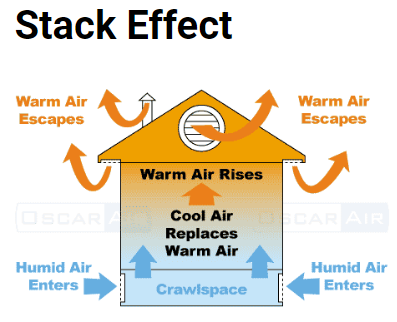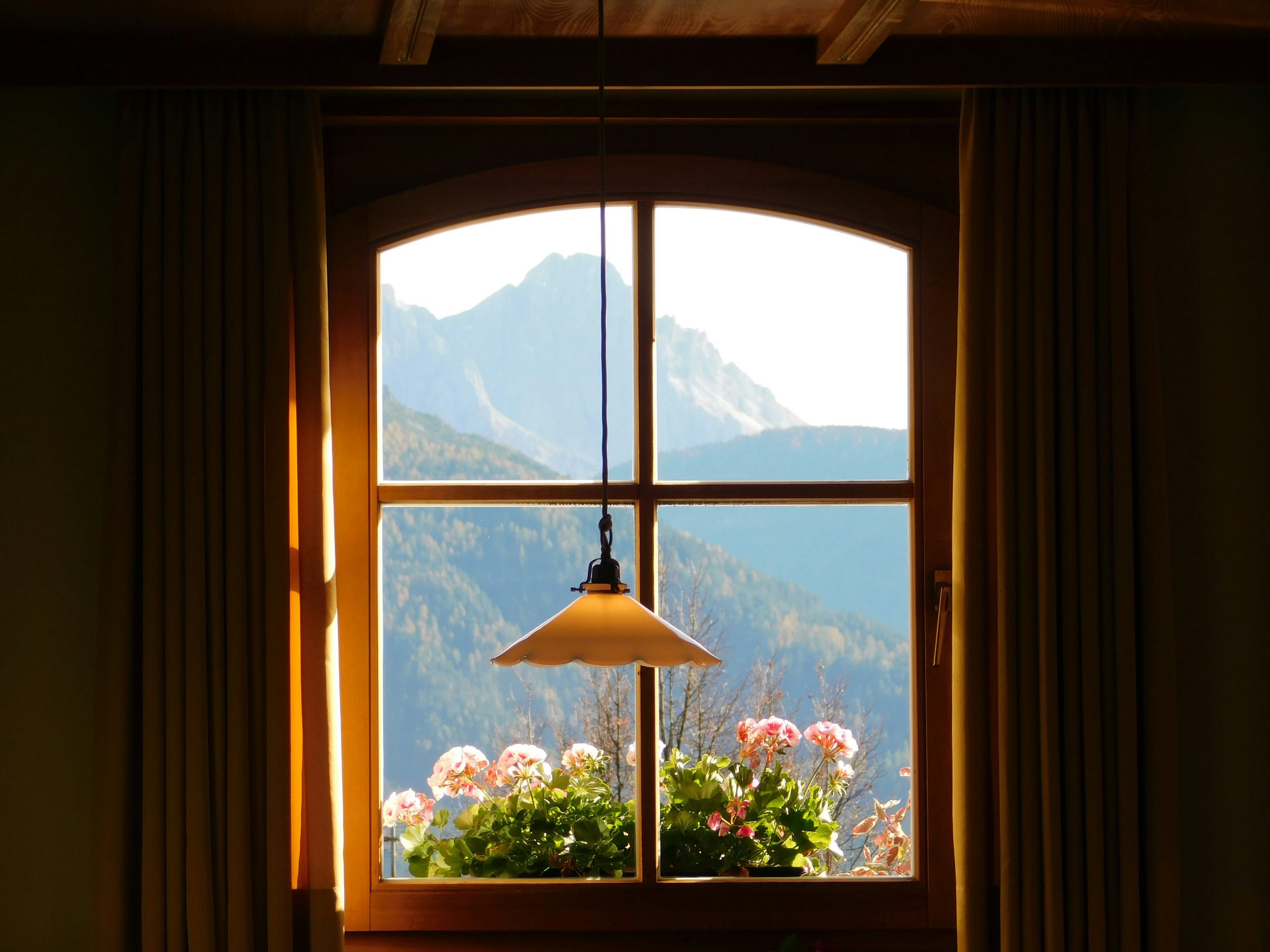How to Stay in a Moldy, Toxic Home
Whoa. The title of this article seems absolutely opposite of what we would want you to do, and it is. Ideally, we would rather see our clients move out of a moldy or toxic home TODAY. IMMEDIATELY. But the fact of the matter is, a lot of us cannot move out quickly, even though our homes may be causing serious health issues. Whether it’s money, relationships, job issues or just nowhere else to go, sometimes you are prevented from leaving the very place that is making you sick. We get it. So what now?
We get this question a lot. It might be that you’re renting and can’t get the landlord to repair the pipes or keep the neighbor from flooding your apartment. You’ve signed a lease that won’t be over for months. Perhaps you do own your home, but between the mortgage and other commitments, can’t afford any major renovations. Money fixes a lot of things (like also affording an alternate place to stay), but the money is just not there. Don’t be discouraged: there are a number of things you can do short of renovation that can help you live for a time in a toxic environment.
Here are some things to consider:
Negative pressure areas: Air will always move from higher pressure areas to lower pressure areas. It will carry whatever toxins are floating in the air with it: mold, mycotoxins, bacteria, dust and particulates are all along for the ride. Therefore, it makes sense that you’ll want to avoid negative pressure in your living spaces. Negative pressure is obviously caused by exhaust or extraction fans, but it’s also caused by temperature differences. Let’s take one at a time to show how to avoid generating negative pressure.
Exhaust fans are great ways to remove contaminants and moisture from our living spaces. Three of the most common are the kitchen range hood, the bathroom vent fan, and the clothes dryer*. We don’t want you to stop using these fans, because they remove gaseous cooking byproducts in the kitchen, and moisture and bacteria in the bathroom. However, you need to find an alternate air supply so that the fans won’t suck air from dirty, moldy places like the crawlspace or attic. The most obvious answer is to open a window. Yes, just opening a window will help evacuate fumes without generating negative pressure in the space. If you need to keep bugs or pollution out of your house, try adding either of these to the window:
- Window ventilation filter (opaque)
- Nanofiber PureAir Window Screens (transparent)
*If you didn’t realize it, clothes dryers suck on average 120-150 cubic feet per minute (CFM) out of the house! Not only is it depriving the home of air you paid to heat or cool, the negative pressure generated by this “vacuum” draws dirty, moldy air through cracks and crevices to replace it. Open a window in or near the laundry room to short-circuit this vacuum!
Temperature differentials will also cause negative pressure areas in your home. These are most apparent with 2 or more story homes, because on a sunny day, warm, lighter air rises to the second story. Cool, more dense air will be carried to replace it, being heated as it goes. However, if you don’t have any windows open on the first floor and the crawlspace is not sealed, air will be drawn from the crawlspace through cracks and crevices in the floor, or through cracks in the first floor walls. The crawlspace and walls are not a great place to filter air through…yuck! Therefore, if it’s not too hot and humid outside, open a window on the first floor to relieve any negative pressure. Alternatively, if it’s very hot or humid outside and you want your house to remain closed, you can focus on sealing the second floor penetrations to thwart the stack effect (see our article here).
Photo: Stack Effect
If you’ve sealed the upstairs, then move on to sealing the cracks in the floor, baseboards and wall penetrations with caulk and/or spray foam. You can seal a good portion of the home for less than $50 (don’t forget to wear disposable gloves with this stuff)!
If you are living in an old, drafty house where moldy air is literally seeping up through cracks in the floorboards, you could consider laying plastic underlayment (6mil is a decent air barrier) and an inexpensive but healthy floor covering over it. Natural rubber floor tiles, painted canvas and recycled wood are all examples of cheap but healthy flooring.
Mitigate water damage: If you’re going to live in your home, you have to stop active water leaks, otherwise mold will continue to grow and make it completely uninhabitable. Here are some examples (make sure to use protective equipment like safety goggles and an appropriate mask:
Some kind of leak in the upstairs apartment is causing your ceiling and/or wall to be wet. If the landlord will not take quick action to stop the leak and dry it up, you should quickly:
Move furniture and rugs out from under the leak
Get a large bucket to capture water
Puncture the ceiling carefully with a screwdriver at the drip to relieve any pooled water above it, so that the water will run out and not collapse the ceiling.
Consider cutting out the heavily-soaked drywall so that mold will not take root in it, and in order to reveal the source of the leak.
Other sources of leaks:
If you realize that it’s an overflowing air conditioner (AC) drain pan causing a leak/moldy spot in the ceiling, DON’T continue to run the AC without unclogging the drain line and draining the pan.
Roof damage: check the attic if possible for the location of damage, because sometimes leaks travel ten or more feet before penetrating the ceiling. Place a tarp over the damaged area or hire someone to do it.
Once the leak has stopped: It’s best to expose as much wet material as possible to the air so that it can dry. Use fan(s) and heater(s) to get it dry.
Wet insulation has to be removed.
Drywall that is spongy or crumbling has to be removed.
Carpet and underlayment must be dried or removed.
Isolate any moldy areas that can’t be removed right away.
If a large area in a room has been overtaken by mold:
move out of the room, but be careful not to take any items that have been contaminated with mold.
Place a Mold Guard or Air Angel in the room near the moldy area.
Don’t close any supply vents; do close any return vents in the room.
If the room is very humid, plug in a dehumidifier with automatic drain if possible.
Seal the door from the outside with plastic sheeting and painter’s tape.
Caulk the baseboards and wall penetrations in adjacent rooms.
Use Mold Guards or Air Angels in adjacent rooms.
If you suspect your HVAC system has mold in it:
Make sure that the drain pan is draining (no standing water in it). Clear any drain clogs by using a wet-dry vacuum on the outdoor section.
Install a Whole Home Polar Ionizer in the HVAC, preferably before the evaporator coils.
If humidity is a problem in your home, run the system on a dehumidifier setting, if it has one; otherwise do not run the fan continuously (use Auto setting), as this could cause humidity to increase.
In lieu of using the HVAC system, you could use window or portable AC units in the rooms in which you spend the most time, which are easier to clean on a regular basis. Use portable dehumidifiers in rooms that you don’t use (dehumidifiers don’t cool but they keep the humidity down, while an AC unit does both).
Clean, fog, and filter to minimize mold spores. Here are some products that really help while living in a toxic home:
Fogging systems:
HavenFog/HavenMist: Depending on the size of area affected or what you can afford, these systems are very good at keeping mold spore counts low.
EC3 Electrostatic Sanitizer Fogger and Mold Solution Concentrate Bundle: Similarly, this “dry fog” machine and solution is a natural way to keep mold spore counts low.
EC3 Air Purification Candles: These candles are proven to reduce mold and mycotoxins in the air.
Cleaners:
EC3 Laundry Additive is great at removing mold from clothing items; try to wash bedding at least once a week also.
EC3 Mold Solution Concentrate can be used in a spray bottle to remove mold from surfaces.
Filter mold spores from the air:
Medify Air Purifiers are great at filtering mold spores out of the air.
Use MERV 11 or higher HVAC filters to filter out mold spores (if your HVAC system can handle them–contact us if you’re not sure).
Dilute your home’s air with fresh air. If the outdoor air is not too hot, cold or humid, open one or more windows to get fresh air in. Fresh air has ions which are nature’s sanitizers; it also will dilute high mold counts. Cross-ventilation can be employed by opening windows at opposite sides of the room or home. If you need to filter pollen or pollution, check out our article on making a filtered fresh air intake.
Our homes should be sanctuaries of peace and health, but sadly that’s not always the case. These are some of our best generic solutions for surviving a toxic living environment, but feel free to call or email us for advice customized to your situation. We want to help you!
Photo by Gabriel Tenan on Unsplash


